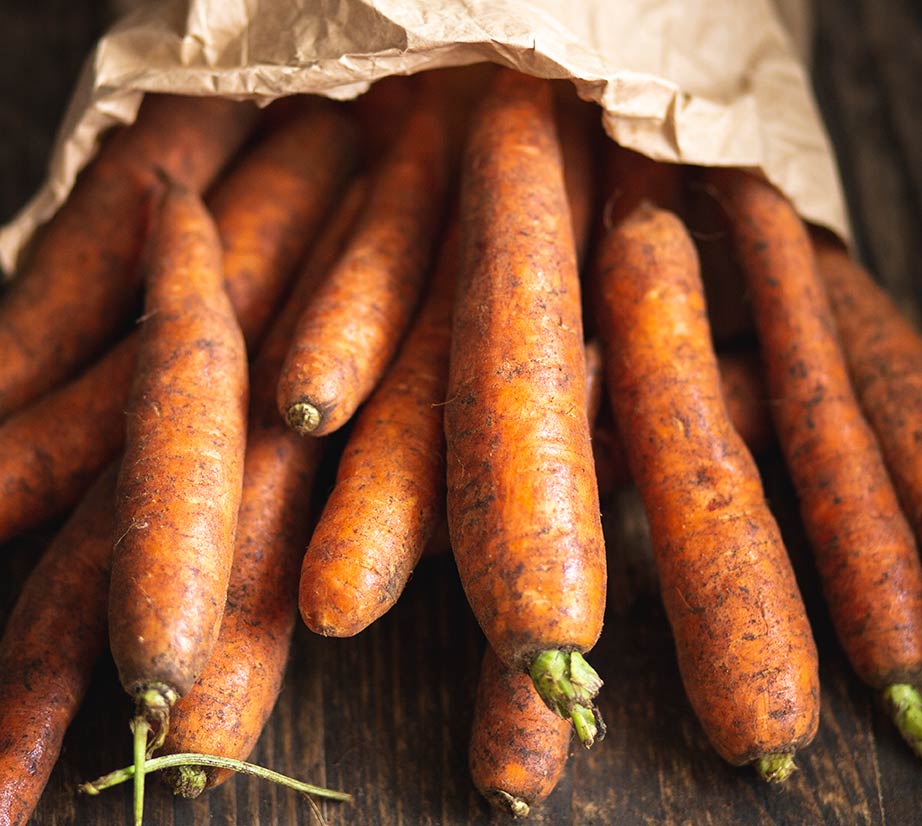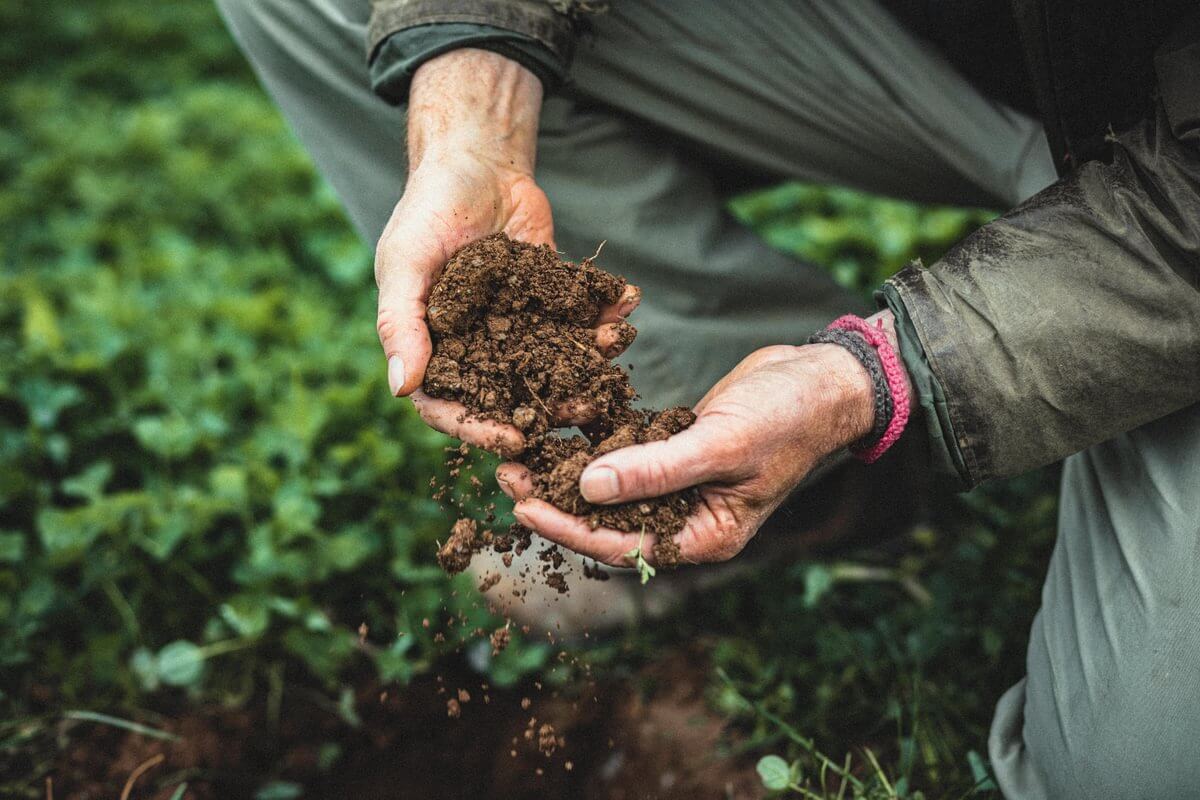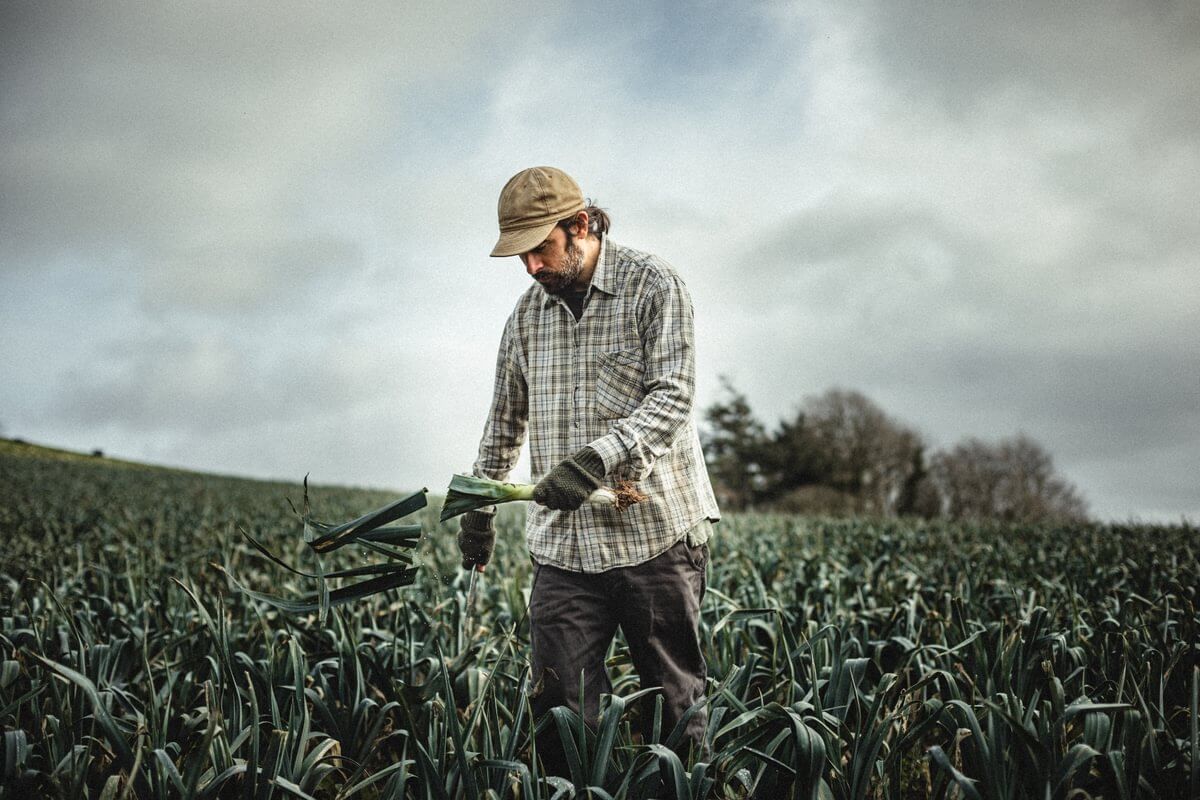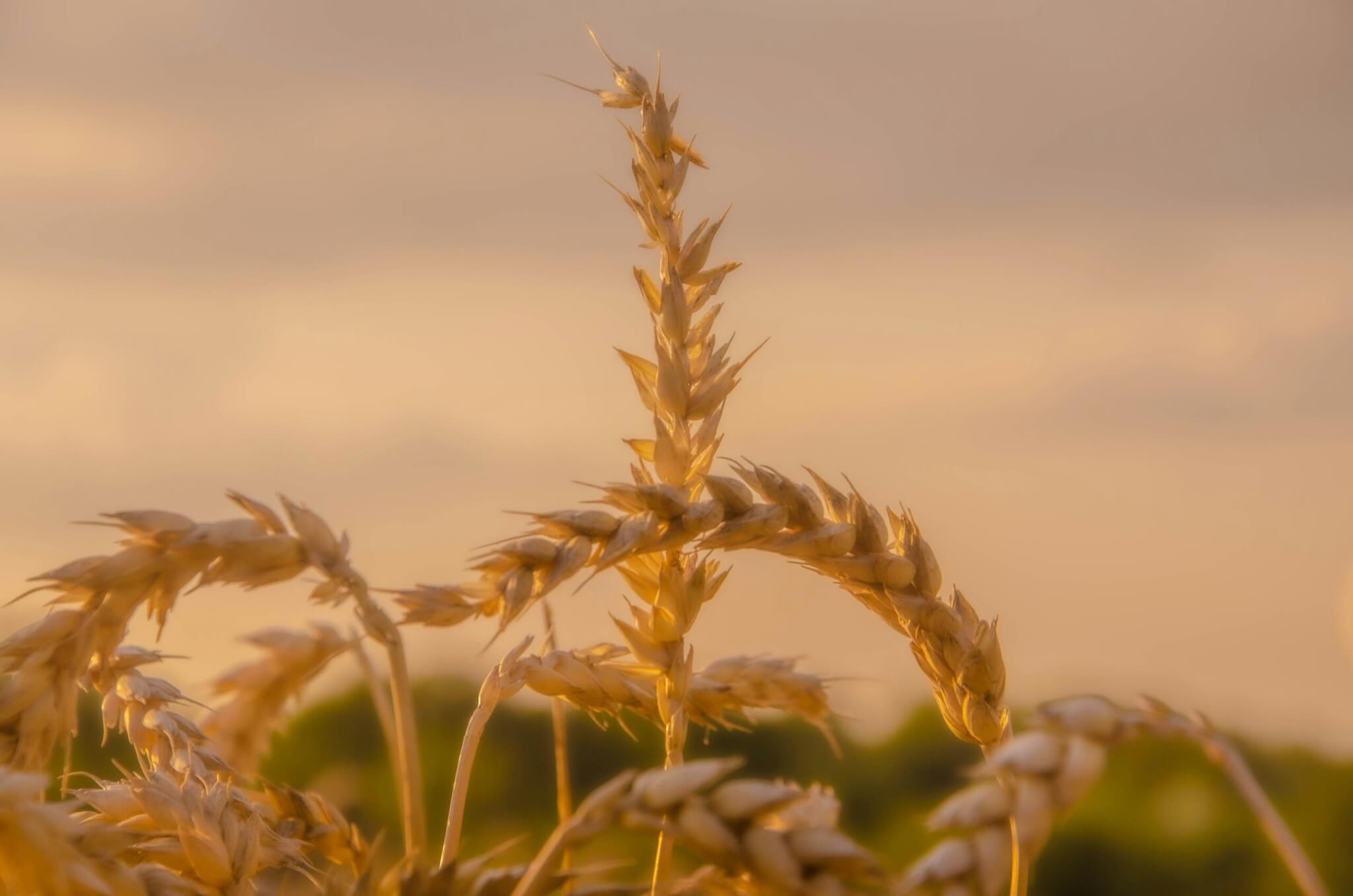I still feel a childlike wonder at seeing root vegetables emerge from the ground. They pass over the harvester’s gently sifting web, and the soil falls away, revealing each precious nugget on its way to the trailer running alongside.
It certainly beats the back-breaking labour of 30 years ago, hand-picking into a sack dragged up the rows between your legs – but it does need dry weather. With recent bouts of heavy rain adding to already sodden soil, we are grabbing any chance we get to harvest the remaining roots.
There are still 35 acres of potatoes in the ground. Fortunately most are on relatively light and well-drained land, but it still takes a week of dry weather after heavy rain before the machinery can travel and separate soil from roots, then three or four days to complete the job. With every week of delay, the ground dries more slowly, weeds grow back making harvesting slower, and, as soil temperatures drop, there is an increased risk of bruising.
After mild winters, we have harvested potatoes in the spring before, but losses are high and soil beaten down by winter rains is hard to sift; we would like to get them up now. The stores will be ventilated with warm, dry air for a couple of weeks to help heal any skin damage from harvesting, then brought down to three degrees to put the tubers to sleep. Valor, the drowsiest variety, will happily slumber until May or even June without sprouting.
In the east of England, with lower rainfall and colder winters, carrots are normally stored in the ground where they grow and are lifted as needed. Once the crop is mature, the beds are covered with plastic and a deep layer of straw to protect them from light and frost. In the west, this strategy fails; we often have long spells of wet weather when it is impossible for machinery to travel, and warmer soil temperatures encourage later generations of carrot root fly.
The still-active maggots slowly bore their way through the roots, making many unusable by the spring. Instead, our strategy is to harvest into one-tonne wooden bins, along with enough soil to maintain humidity without stopping air circulation. The bins are then stored at 0.7 degrees and 95 per cent humidity.
A healthy, mature crop, with the right amount of soil, will keep until May, leaving four to six weeks of imports before the new season crop is ready. We just have to get them out of the ground first.















Not specifically commenting on root veg, but I’d love to see someone in the know give a response to the latest research in Nature declaring that organic farming is more carbon-intensive than intensive farming. It just sounds counter-intuitive!
https://www.nature.com/articles/s41467-019-12622-7
titled “The greenhouse gas impacts of converting food production in England and Wales to organic methods”
I suspect that the researchers are completely ignoring a large factor in their calculations, but I’m no expert.
Thanks!
Hi Adam, you might be interested to see Guy’s latest column, which addresses this issue: https://wickedleeks.riverford.co.uk/opinion/news-farm-diversity/asking-wrong-questions
Thanks for the link! I shall go there.